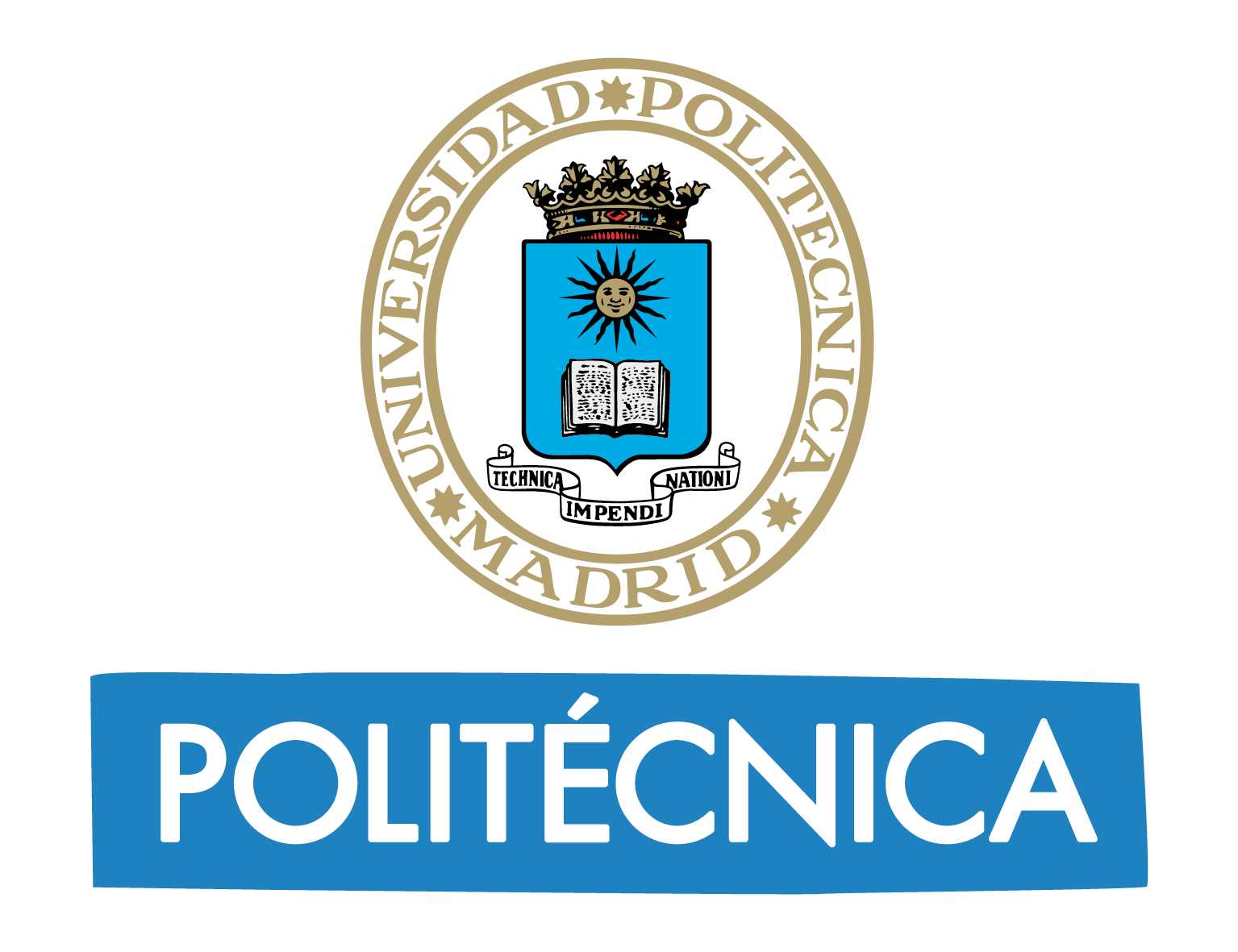Solutions based on nature play a key role in combating thermal stress
UPM researchers have analyzed the impact of this kind of nature-based solution in reducing the effects of urban heat islands on people´s health.
18.11.24
Climate change has brought extreme phenomenon in terms of temperatures which affect cities that must face the challenge of reducing its effects to improve the quality of life in general population. Using nature-based solutions (NBS) may be an option to reverse those effects. Precisely researchers at Universidad Politécnica de Madrid tried to analyze the viability of these solutions taking the case of Matadero de Madrid -one of the most emblematic facilities in town- as a model.
“In the case of large cities, the thermal stress of their citizens raises through urban heat island effect which causes cities to experience higher temperatures than surrounding areas due to human activity”. The main cause is the stack of structures such as buildings, sidewalks or asphalt, which absorb more heat and release it slower as opposed to natural places such as forests, rivers or lakes”, explains Francesca Olivieri, researcher at School of Technical Architecture of the UPM (ETSAM-UPM) and one of the authors of his work.
Reducing the effects of these heat islands is one of the great challenges currently for architects and the possibility of using nature-based solutions could be an option to achieve it. But what are nature-based solutions? We understand as nature-based solutions (NBS) a series of approaches, actions or processes that use the principles of nature to provide solutions to different problems related to territorial and urban management such as adaptation to climate change, resources and water management, food security or air and environment quality”, explains the UPM researcher.
Additionally, UPM researchers simulated mitigation scenarios with SBN to analyze how this kind of solution can improve the thermal comfort of population. This system improved thermal comfort in the outdoor areas of the Matadero building in Madrid, accomplishing with current legal, administrative and cultural regulations.
Shadow, key to reducing thermal stress
“Matadero Madrid usually hosts activities and events in its outdoor areas, but in summertime, extreme temperatures make its use impossible a significant part of the day”, explains Olivieri. “Therefore, a mitigation scenario was proposed combining three solutions: arboreal canopy, manufacture canopy and green rest area”. For each of these proposals researchers analyzed four variables: direct solar radiation, wind speed, air temperature and relative humidity, using four measurement points distributed in different areas of the place.
For UPM researchers the results obtained with the collaboration of the Ayuntamiento de Madrid are important since reinforcing the role of nature-based solutions to counteract the effects of climate change “our study has shown that the integration of SBN in cities allow us to mitigate the effect of ICU as well as to reduce air temperatures, in addition to design attractive and comfortable outdoor spaces for citizens”, they explain.
Furthermore, they add, works like this one, can help policy makers explore these possibilities since it provides recommendations, through the simulation of a specific scenario. “As a valuable asset of Mediterranean cities, built heritage can include SBN strategies to develop a more connected green infrastructure network that mitigates the effects of climate change and extreme temperatures on citizens”, he concludes.
Olivieri, F; Sassenou, L.-N.; Olivieri, L. Potential of Nature-Based Solutions to Diminish Urban Heat Island Effects and Improve Outdoor Thermal Comfort in Summer. Case Study of Matadero Madrid. Sustainability 2024, 16, 2778.


